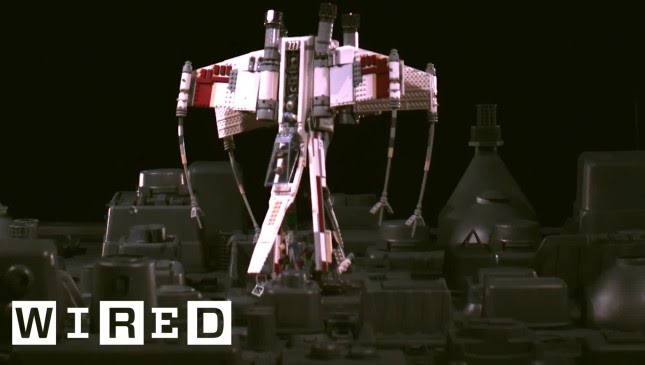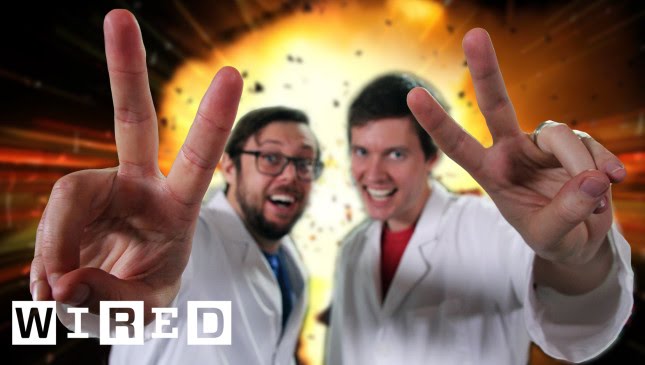Demystifying Gravity: Exploring the Depths of the Universe
Summary
Jana Levi, an astrophysicist, explains gravity in five different levels of complexity. She discusses the effects that gravity has on the universe, the planets, and the human body. She talks about Isaac Newton’s law of gravity and the concept of relativity by Einstein. Furthermore, the article explores the evolution of Einstein’s ideas about gravity, neutron stars, black holes, gravitational waves, and the creation of heavy elements in neutron star collisions.
Table of Contents
- What is gravity?
- The Effects of Gravity
- The Mathematical Law of Gravity
- The Concept of Relativity
- Neutron Stars, Black Holes, and Gravitational Waves
Introduction
Gravity is one of the most fundamental forces in the universe. It is what keeps the planets in orbit around the sun, and it is what causes objects to fall towards the ground when they are dropped. But what exactly is gravity, and how does it work? In this article, we will explore the depths of the concept of gravity, what it means, and how it shapes the universe as we know it.
Q&A
What is gravity?
Gravity is the force that pulls objects towards each other. It is what keeps planets in orbit around the sun and causes objects to fall towards the ground. The size and mass of an object determine its gravitational pull. The greater the mass of an object, the stronger its gravitational pull will be.
What are the effects of gravity?
Gravity affects everything in the universe. On small objects, the effects of gravity are minimal, but on larger objects, such as planets or stars, the effects of gravity can be significant. For example, some stars are so dense that they prevent anything, even light, from escaping their gravitational pull. Furthermore, the human body undergoes changes in space where there is no gravity. Astronauts’ spines elongate in space due to zero compression from gravity.
What is the mathematical law of gravity?
Isaac Newton formulated a mathematical law for gravity that states that everything falls at the same rate regardless of their size. The force of gravity between two objects is proportional to their masses and inversely proportional to the square of the distance between them. This law is fundamental to our understanding of gravity and how it affects the universe.
What is the concept of relativity?
The concept of relativity is central to the theory of gravity developed by Albert Einstein. The idea is that absolute motion is meaningless, and everything must be described relative to something else. For example, imagine being an astronaut floating in space and not being able to tell if you’re moving or not. Einstein’s theory of relativity is based on the idea that the speed of light is constant, and this leads to the relativity of space and time.
What is the connection between gravity and neutron stars, black holes, and gravitational waves?
Neutron stars and black holes are some of the most extreme objects in the universe, and they are created by the force of gravity. When large stars die, they collapse under their own weight and create a black hole or a neutron star, depending on their mass. The intense gravitational fields around these objects can cause ripples in space-time, which are called gravitational waves. These disturbances in the fabric of space-time travel outward from the source of the disturbance at the speed of light.
Conclusion
Gravity is one of the most fundamental concepts in the universe, and it has shaped the way we view the universe. From the way planets orbit stars to the creation of black holes and neutron stars, gravity plays a significant role in the universe’s happenings. Einstein’s theory of relativity provides new insights into how we understand this fundamental force. Furthermore, there is still so much that we do not know about gravity, and there are always new discoveries to be made.







